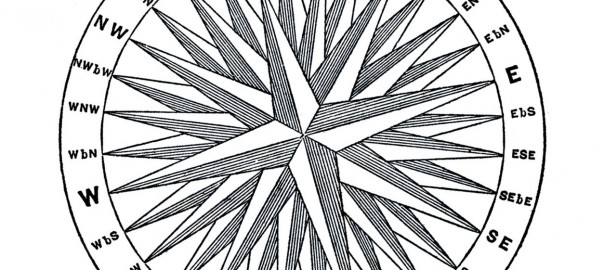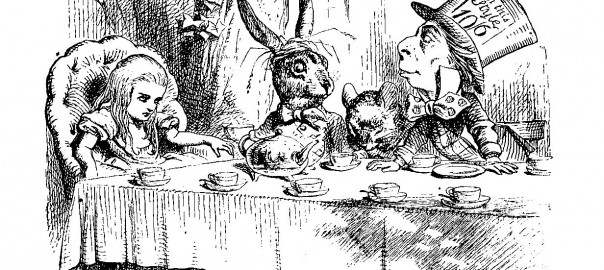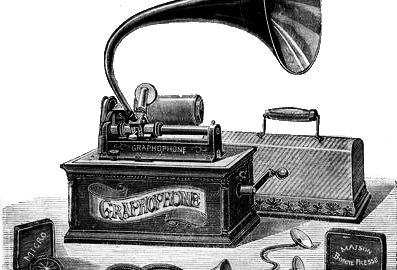Yesterday, I discussed the motivation and rationale for Album Month. I was happy with the progress I made on the first song. There’s still a bit of polishing on the lyrics (and, maybe, the melody) to do so today, I spent most of the day organizing and communicating with my fellow writers.
Collaboration
One of the great things about the Internet (and, yes, I’m old enough to capitalize ‘Internet’ and to say things like ‘the great thing about the Internet is…’–as if it wasn’t an ambient part of our civilization that no one needs to comment directly on anymore. “The great thing about electricity is…”) is that it’s trivially easy to collaborate on musical projects. Back in the day, collaboration was done, by necessity, directly with each other in practice rooms, living rooms and studios. Now, though, I have numerous musical collaborators all over the world, some of whom I’ve not actually met in person. But, that hasn’t stopped us from
making great music together.
Of course, there are more or less successful ways to collaborate remotely and I’ve tried many of them over the years. I tend to have three different modes of remote collaboration, each with their separate set of tools and workflow:
- Sharing thematic, lyrical and structural ideas in text documents
- Sharing rendered mp3s of songs in-progress
- Sharing whole Logic or Pro Tools session files
(Interestingly, all of these methods are asynchronous. I have tried to use tools like FaceTime, but I find that synchronous communication technology is too cumbersome to be effective–in fact, I don’t even like talking on the phone anymore. But, I digress…)
What follows are some of my favorite ways and means to collaborate in these different modes.
Sharing Text With Google Docs
Pros:
- Easy sharing of text documents
- Simultaneous editing and in-document chat
- Support for annotations and revisions
Cons:
- Oh my god, I totally can’t find anything in google docs, ever. Google docs defies any kind of reasonable organization.
Even though sharing text files with Google Docs can be frustrating–especially if you tend to work with inherently disorganized and chaotically-minded ADD songwriter types–all other methods of text-based collaboration have proven far more difficult. The worst is collaboration that devolves into long-ass email threads, the least common denominator of all collaboration tools. Email collaboration is a literal f*ckfest of cat-herding, rat-holing, idea-losing madness.
Sharing Stereo Files With SoundCloud
I’ve tried many different ways to share stereo files, usually bounces of productions that are in-progress to garner comments or as stems for others to record their own parts against. Most notably, I’ve tried Box, Dropbox and SoundCloud. SoundCloud wins, hands down.
Pros:
- Stream-based organization means you don’t lose things buried in oddly named folders
- Playlists let you lasso related items together, but no nesting means you can’t go totally crazy
- Inline comments (awesome feature)
- Easily shared via email/text/whatever as well as embeddable in websites all using the same tool
- Best online audio player out there
- Decent privacy settings
- Social networking capabilities for when you want to actually publish stuff
Cons:
- There’s a limited number of minutes of music before you have to start paying extra… but, whatever. That’s true of everything. You don’t get something for nothing.
Sharing Project/Session Files
I have to say, I don’t have a perfect solution for this one. The problem is that projects/sessions, with their gigabytes of audio data, are so large that they push the boundaries of the sweet-spot use case for cloud storage and sharing. I used to use DropBox for it, but many of my collaborators were too frugal to pay for the extra storage they’d need. I would really like to use
Gobbler. Their functionality is great, but their price point doesn’t really provide enough value to justify it. I’m already paying DropBox for extra storage *and* I’m getting close to my data caps on iCloud and SoundCloud. I don’t want to have to pay to cross another, very use case specific data threshold. Cloud storage is just like physical storage–there’s almost nothing that you store in there that’s actually worth the lifetime cost of renting the space.
For now, what I tend to do is nominate one person as the producer and that person keeps the project file locally and does all the modifications. All of the different contributors work with rendered stereo files and send stems (see above) back to the producer for final mixing. It’s not perfect, but it works well enough.
One thing I might try for this is BitTorrent Sync which works similarly to DropBox, but is peer-to-peer sharing. There’s no third party “in the cloud” to charge you a fee. But, you do have to contend with the unreliability of peer-to-peer communication with other people and their varying levels of connectivity and technical competence.
Results
I didn’t get any actual new work done today, but I did do a bunch of organizing and handed off the song from yesterday to my writing partner. I’ll circle back with her in a few days to see what she’s come up with. In the meantime, I have a new song waiting for me to tackle it tomorrow.








 9:30 p.m., September 18th at
9:30 p.m., September 18th at 
